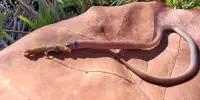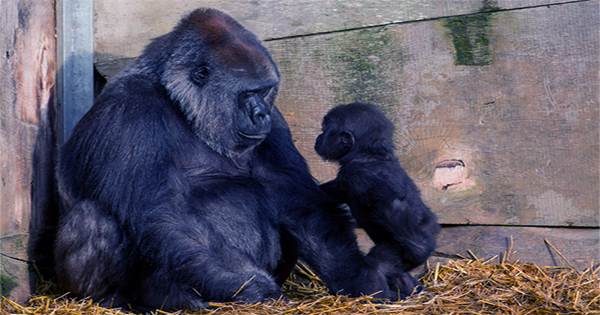According to a research in the journal Bird Conservation International, the population of the Dupont’s lark (Chersophilus duponti) will have decreased by more than 66% as a result of Hurricane Filomena.
A week of bitter cold that left temperatures between -5oC and -15oC in the afflicted areas and records below -33oC in some localities preceded this climatic phenomena, which was the largest blizzard to hit Spain in the last 50 years. The Dupont’s lark has recently been listed as an endangered species in Spain.
The purpose of this study, as noted by the article’s lead author Cristian Pérez-Granados and eminent researcher Beatriz Galindo of the University of Alicante (UA) Department of Ecology, was to advance scientific understanding of the effects of extreme weather events, such as the one experienced in Spain in January 2021 with Storm Filomena, on the population dynamics of endangered fauna because such events can pose a general threat to diversity.
In this context, scientists must be conscious of the possibility that, as a result of climate change, the frequency and severity of these extreme weather events may rise in many locations in the ensuing decades.
Because Dupont’s larks are a resident, threatened species with a highly specialized habitat selection, they were chosen as the study model because they are a species with annual monitoring in various places.
The researchers have analyzed the changes in the abundance of the Dupont’s lark before and after Storm Filomena in 14 populations in the provinces of Soria, Lleida, Murcia, Burgos, Segovia and Valencia.
The data show that the species saw an overall yearly reduction of 19.4% for the 14 populations sampled during the control period, between 2017 and 2020. However, the average decline after Filomena was 66.5% for seven populations monitored both in the year before and after Filomena, i.e. in the period 2020 and 2021.
According to researcher Gerard Bota, head of the Conservation Biology Group at the Catalan Centre for Forest Science and Technology and also author of the paper, the extreme cold snap that followed the storm and the more than ten days of snowfall in central and eastern Spain may have made it more difficult for the species to locate food sources and to properly thermoregulate, forcing it to move over great distances or occupy low-quality areas.
He added that these movements can increase the risk of mortality of dispersing individuals and, therefore, drastically affect the population dynamics and conservation of the species.
Given the dearth of research that have examined the effects of such phenomena on wildlife, it should be noted that the results of this study may be indicative of the effects that extreme weather events can have on imperiled birds.
By advancing our understanding of the impact that catastrophic events can have on population dynamics in the short term, Juan Traba from the Autonomous University of Madrid, author of the paper, concluded that these results may also be helpful for future studies with this or similar species aimed at understanding the impact of stochastic events on the population dynamics of species like, for example, population viability analyses or climate change projections.
However, increasing connectivity between existing populations, protecting patches of habitat with potential vegetation that the species can occupy as a refuge for the duration of such events, and trying to increase the likelihood of future recolonizations are some actions that could favor the persistence of the populations and increase the likelihood of future recolonizations, according to UA researcher Cristian Pérez-Granados.
















